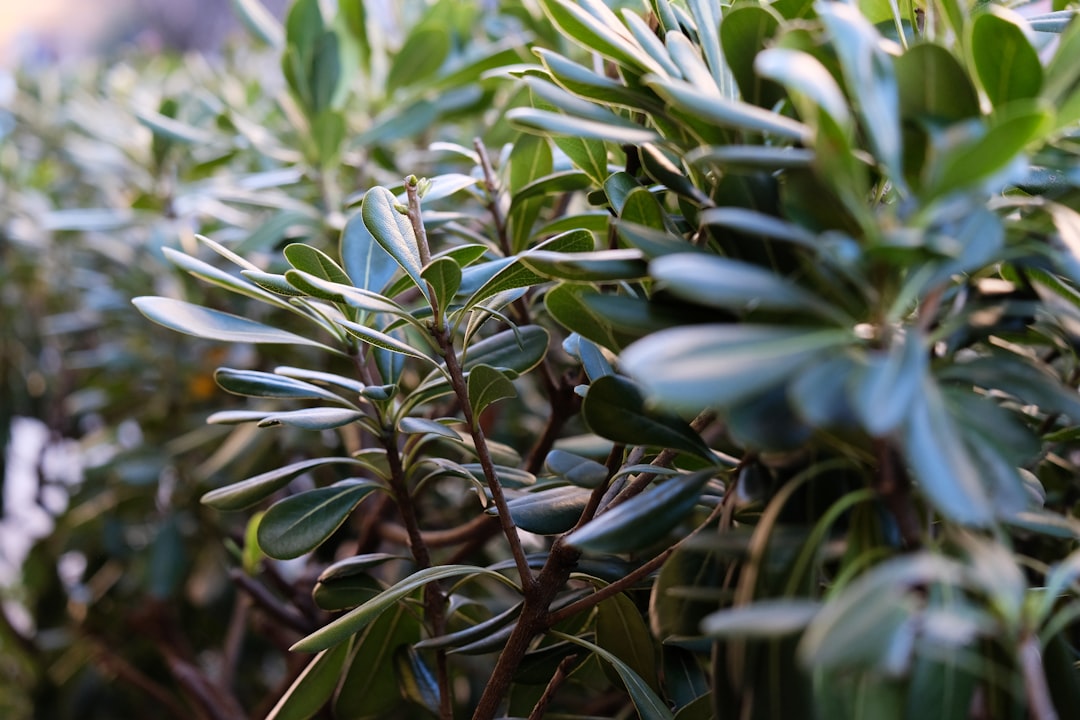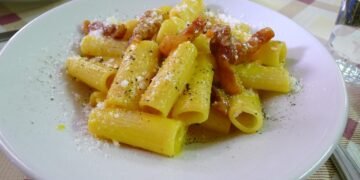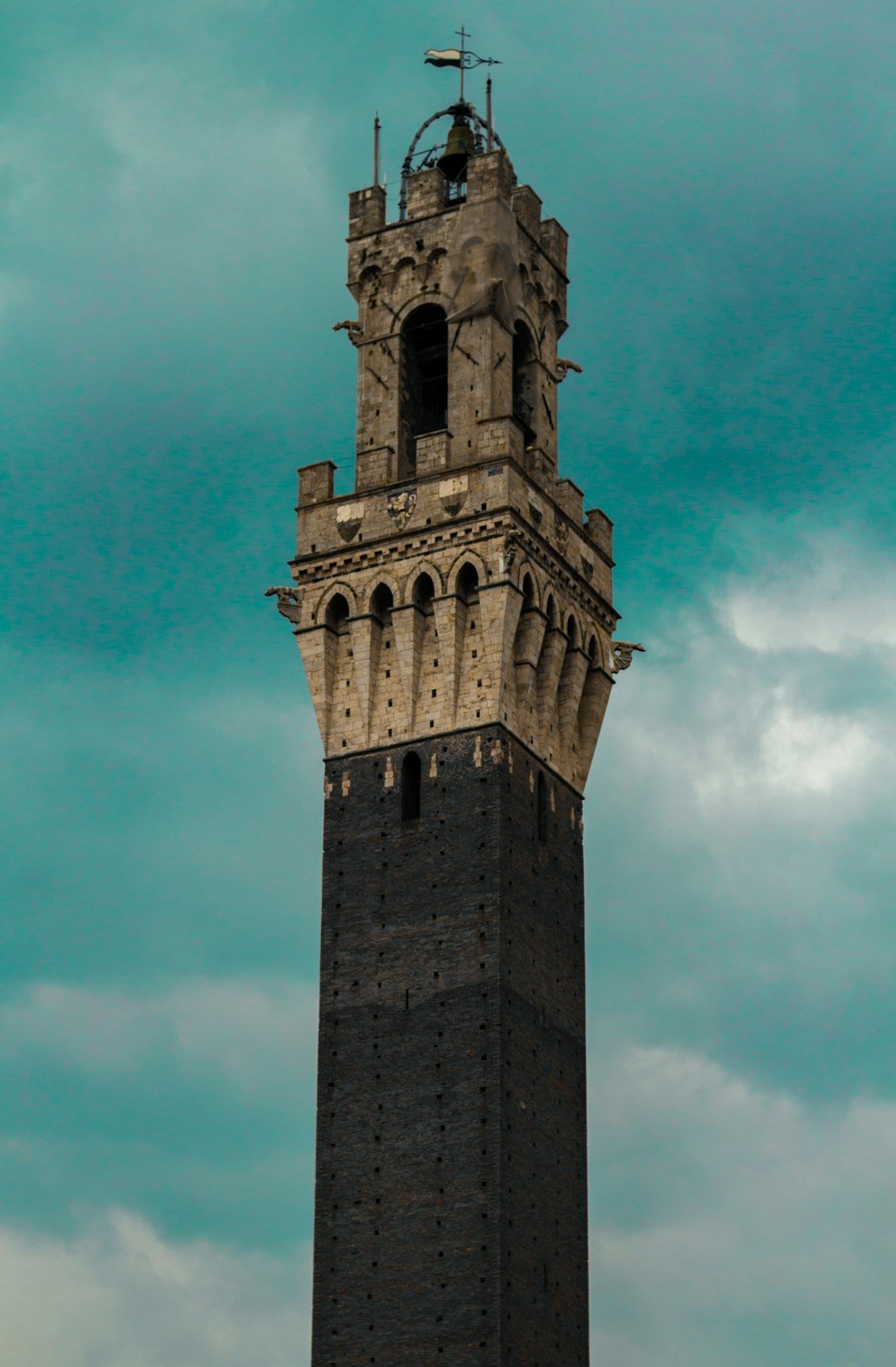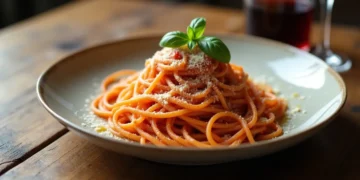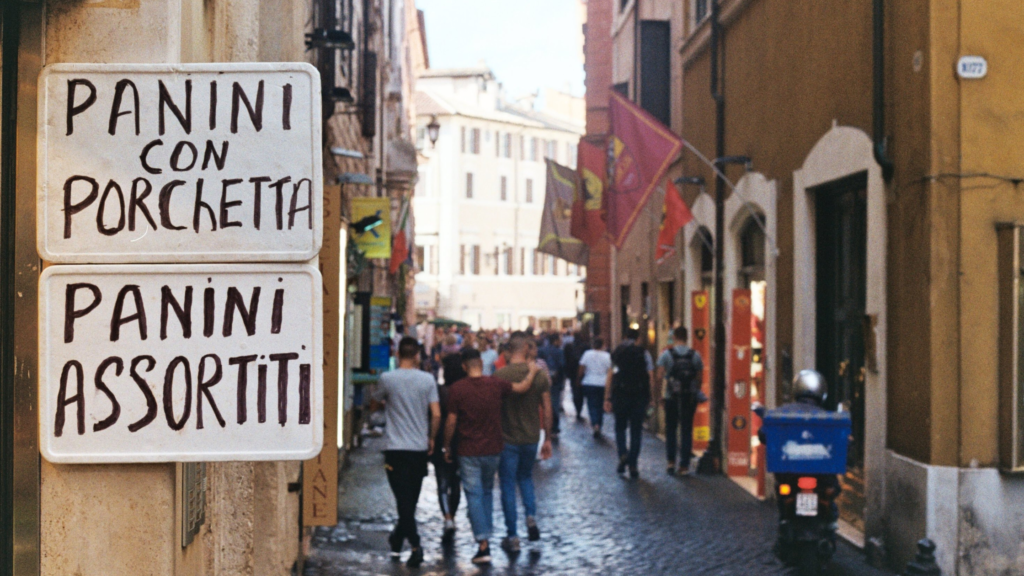An Introduction to Risotto
An ever-rising star in the world of cuisine, risotto has won hearts everywhere with its creamy consistency and versatile flavors. This Italian dish, which originates from Northern Italy, can be a source of much delight, as well as a bit of confusion. The central question for many food enthusiasts remains: “Is Risotto rice or pasta?” Unraveling this mystery calls for a closer examination of this particular dish and its origins.
What is Risotto?
Primarily, it is crucial to understand what risotto is. Risotto refers to an Italian dish that’s cooked to a creamy consistency. The name ‘risotto’ is derived from the Italian term ‘riso’, meaning rice. This already provides a significant hint towards resolving our central question.
Basic Components of Risotto
The primary ingredients involved in the making of risotto include rice, onions, wine, broth, and butter. Other components can be incorporated according to personal preference, such as mushrooms, seafood, cheese, vegetables, or meat.
| Key Ingredients | Additional Ingredients |
|---|---|
| Rice | Mushrooms |
| Onions | Seafood |
| Wine | Cheese |
| Broth | Vegetables or Meat |
| Butter |
Risotto: A Rice-Based Dish
The central component of risotto is its Italian short-grain rice. Specifically, Arborio, Carnaroli, and Vialone Nano are the rice varieties typically used in the preparation of risotto. Therefore, to answer our query – risotto is a rice-based dish, not pasta.
The Role of Rice in Risotto
Rice plays a pivotal role in creating risotto’s characteristically creamy texture. Starch content in these rice varieties is what allows for a rich, creamy consistency when cooked slowly with broth. Beyond texture, the rice also serves as a base for the various flavors incorporated in this dish.
Pasta and Risotto: Understanding the Difference
The confusion between risotto and pasta possibly stems from their common Italian heritage and similar cooking methods. However, pasta and risotto are vastly different in terms of their main ingredient, structure, and preparation approach.
Main Ingredient
Pasta primarily consists of wheat flour and water, with eggs occasionally included in the mix. On the contrary, the star ingredient in risotto is rice.
Structure and Texture
Pasta‘s texture and structure vary depending on its type, from firm and chewy spaghetti to soft and delicate ravioli. Risotto, on the other hand, is known for its uniformly creamy consistency.
Method of Preparation
Pasta is typically boiled until it reaches the desired tenderness. Risotto, on the other hand, involves a more complicated and longer process of slow cooking and frequent stirring to release the rice starch gradually and achieve the ideal creaminess.
Conclusion: Is Risotto Rice or Pasta?
After our culinary exploration, we can definitively state that risotto is a rice-based dish, and not a type of pasta. This Italian treasure, with its rich and creamy texture and versatile flavor profile, offers a unique culinary delight. While it shares some commonalities with pasta due to its Italian roots, risotto embodies a league of its own, inviting us to savor its distinct and delectable charm.
Diving Deeper into the Composition of Risotto
The Foundation of Risotto: Arborio Rice
Why Arborio Over Pasta?
Other Rice Alternatives used for Risotto
Carnaroli Rice
Vialone Nano Rice
| Type of Rice | Texture | Flavour Absorption |
|---|---|---|
| Arborio | Creamy and slightly chewy | High |
| Carnaroli | Firm and starchy | Very High |
| Vialone Nano | Soft and tender | Medium-High |






